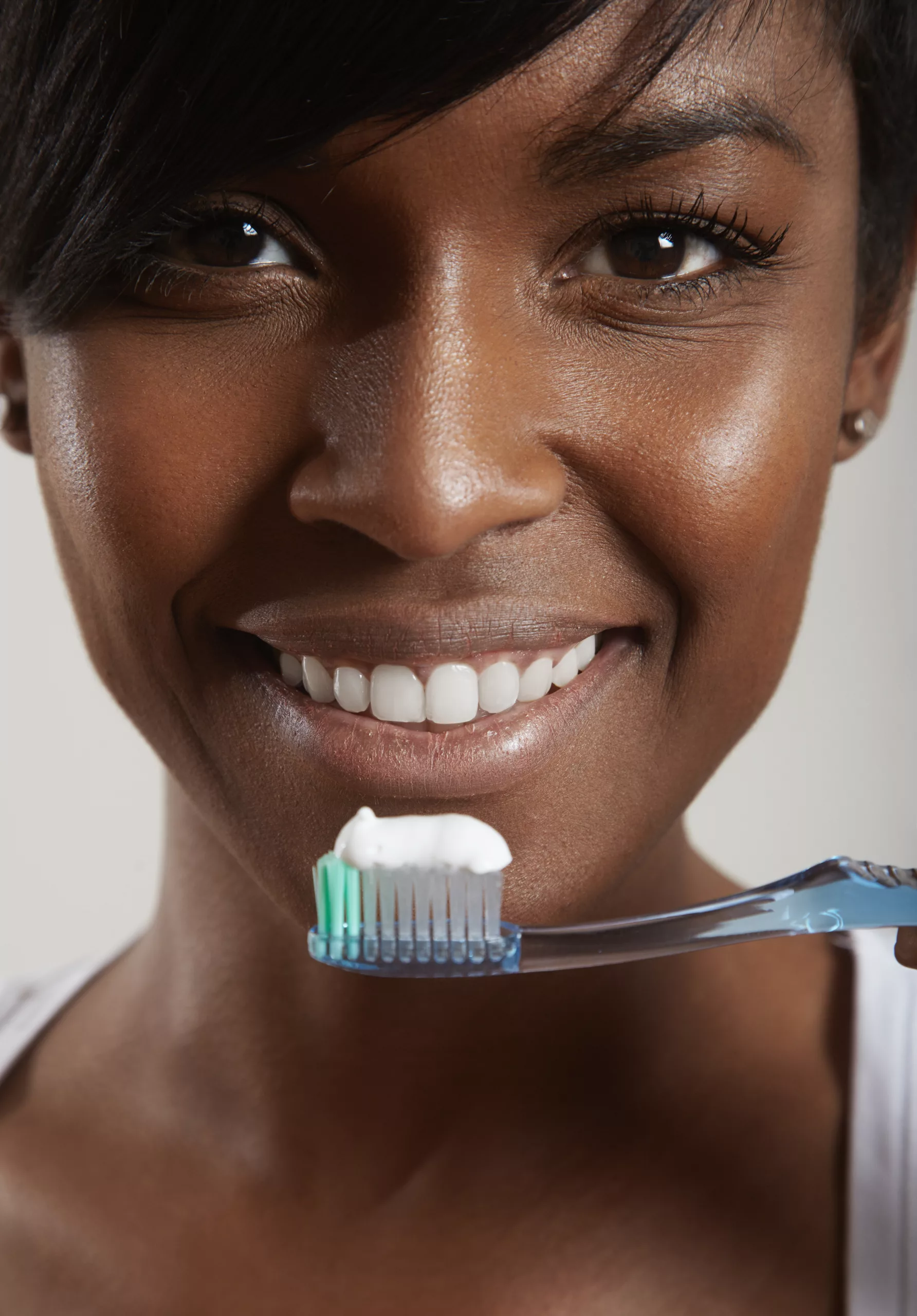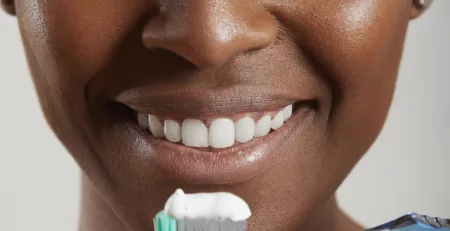Unveiling the Science Behind Whitening Toothpaste
Introduction
Science Behind Whitening Toothpaste – Toothpastes.co.uk
Whitening toothpaste is one of the most popular and widely used oral care products in the UK and around the world.
According to a report by Mintel, 61% of British adults use whitening toothpaste regularly, and the market value of whitening oral care products reached £420 million in 20191.
But how does whitening toothpaste work? And what are the ingredients and mechanisms that make it effective?
In this article, we will unveil the science behind whitening toothpaste and explain how it can help you achieve a brighter and more confident smile.
What causes tooth discolouration?
To understand how whitening toothpaste works, we first need to understand what causes tooth discolouration. Tooth discolouration can be classified into two types: extrinsic and intrinsic.
Extrinsic discolouration is caused by external factors that stain the surface of the enamel, which is the hard, outer layer of the tooth. These factors include foods, drinks, tobacco, or poor oral hygiene.
Some common examples of staining substances are coffee, tea, wine, berries, curry, or cigarettes.
Extrinsic stains can be removed by mechanical or chemical means, such as brushing, flossing, or bleaching.
Intrinsic discolouration is caused by internal factors that affect the colour of the dentin, which is the softer, inner layer of the tooth. These factors include ageing, genetics, medications, trauma, or disease. Some common examples of intrinsic stains are yellowing due to ageing, darkening due to tetracycline antibiotics, or greying due to dental fluorosis. Intrinsic stains are harder to remove and may require professional whitening treatments.
How do whitening toothpastes work?
Whitening toothpaste works by removing extrinsic stains from the enamel and/or by altering the perception of the colour of the teeth. There are three main mechanisms that whitening toothpaste can employ to achieve these effects: abrasion, bleaching, and optical.
Abrasives are substances that can scrub away surface stains and plaque from the teeth by physical friction. They can also polish the teeth and make them smoother and shinier. Some common abrasives in whitening toothpaste are silica, alumina, calcium carbonate, or baking soda2.
Bleaching agents are substances that can break down the molecules that cause stains on the enamel by chemical oxidation. They can also penetrate the dentin and whiten intrinsic stains to some extent. The most common bleaching agent in whitening toothpaste is hydrogen peroxide or carbamide peroxide3.
Optical agents are substances that can change the way light reflects or refracts on the teeth by physical interference. They can create an illusion of whiter teeth by masking or neutralising the yellow or brown tones of the enamel. Some common optical agents in whitening toothpaste are blue covarine, titanium dioxide, or mica4.
What are some examples of whitening toothpastes?
There are many whitening toothpastes on the market that claim to offer various benefits for oral health and beauty.
Here are some examples and how they compare:
- Colgate Max White Expert Complete: This is a whitening toothpaste that contains hydrogen peroxide as a bleaching agent and blue covarine as an optical agent. It claims to whiten teeth by up to three shades in six weeks by removing both surface and intrinsic stains5.
- Oral-B 3D White Luxe Perfection: This is a whitening toothpaste that contains silica as an abrasive and sodium hexametaphosphate as a stain prevention agent. It claims to remove up to 100% of surface stains in three days by polishing and protecting the teeth6.
- Sensodyne Pronamel Gentle Whitening: This is a whitening toothpaste that contains potassium nitrate as a sensitivity relief agent and fluoride as a remineralising agent. It claims to gently whiten teeth while strengthening enamel and reducing sensitivity.
- Ecodenta Extra Black Whitening Toothpaste: This is a natural whitening toothpaste that contains activated charcoal as an abrasive and deodorising agent and teavigo as an antibacterial agent. It claims to effectively whiten teeth while eliminating bad breath and plaque.
How to choose the best whitening toothpaste for you?
There is no one-size-fits-all solution when it comes to choosing a whitening toothpaste for you. Different products may suit different people depending on their oral conditions, goals, and preferences.
Here are some tips on how to choose the best whitening toothpaste for you:
- Consult your dentist: Your dentist can advise you on the most suitable whitening toothpaste for your teeth and gums. They can also monitor the results and side effects of using any new toothpaste, especially if you have any existing dental problems or concerns.
- Check the ingredients: You should read the label of the toothpaste and see what ingredients it contains and how much of them are present. You should avoid any ingredients that you are allergic or sensitive to or that may harm your teeth or gums. You should also look for ingredients that can benefit your oral health, such as fluoride, minerals, or herbs.
- Try different products: You may need to try different products and see what works best for you and your teeth. You may also want to switch between different types of toothpastes depending on your needs or preferences. For example, you may use a whitening toothpaste in the morning to remove stains and a sensitivity relief toothpaste in the evening to prevent pain.
Conclusion
Whitening toothpaste is a product that can help you achieve a brighter and more confident smile by removing extrinsic stains from your enamel and/or by altering the perception of the colour of your teeth.
There are different mechanisms that whitening toothpaste can employ to achieve these effects, such as abrasion, bleaching, and optical.
There are also different types of whitening toothpastes that can offer various benefits for oral health and beauty, such as fluoride, tartar control, sensitivity relief, or natural.
The best way to choose a whitening toothpaste for you is to consult your dentist and follow their recommendations.
They can advise you on the most suitable product or treatment for your oral condition and goal.
They can also help you maintain good oral hygiene and prevent further staining or damage to your teeth.



Leave a Reply